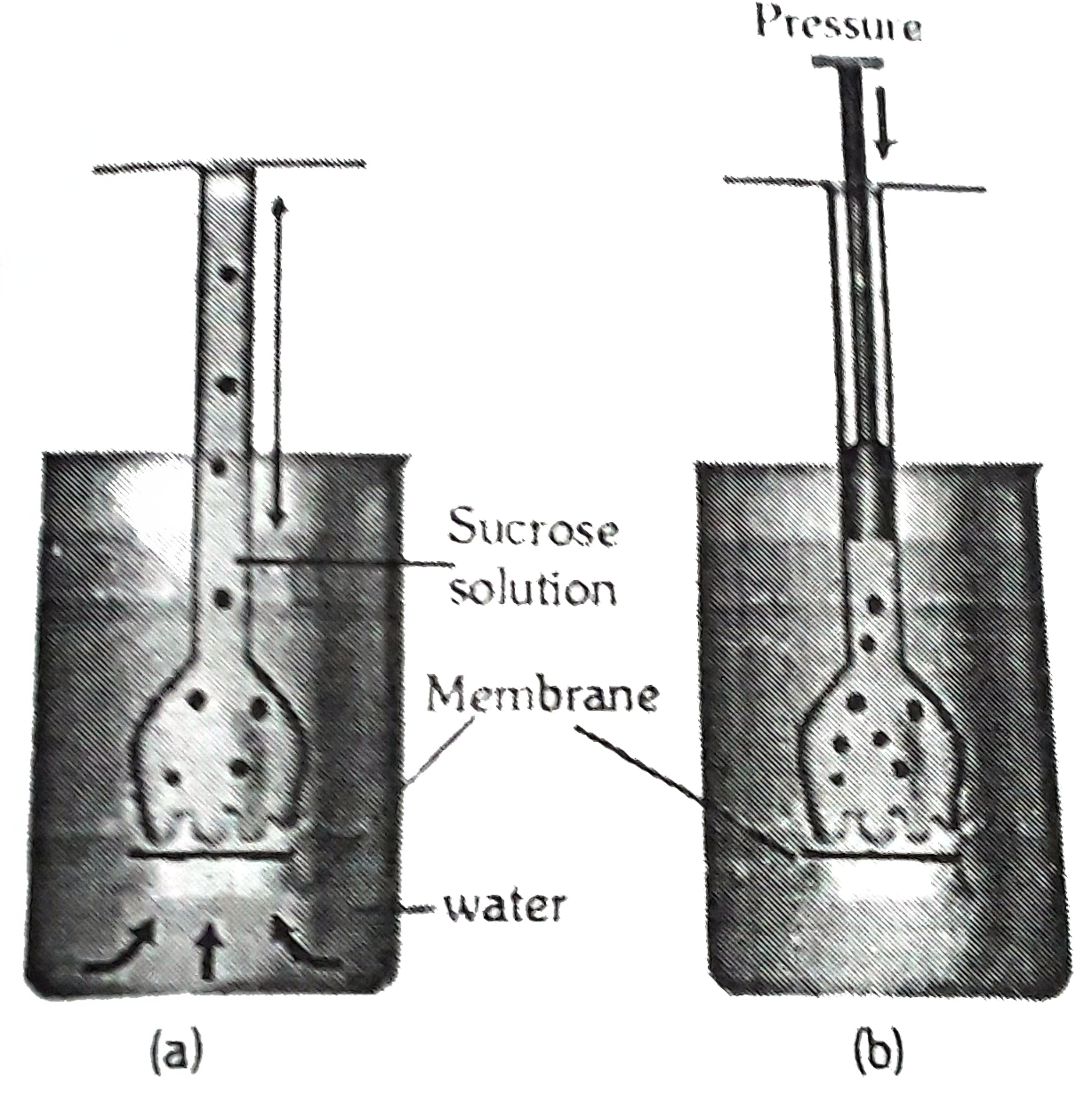Describe : Transpiration.Solution in Gujrati
Transpiration is the evaporative loss of water by plants.
It occurs mainly through the stomata in the leaves.
Besides the loss of water vapour in transpiration, exchange of oxygen and carbon dioxide in the leaf also occurs through pores called stomata.
Normally stomata are open in the day time and close during the night.
The immediate cause of the opening or closing of the stomata is a change in the turgidity of the guard cells.

Opening and closing of stomata : The inner wall of each guard cell, towards the pore or stomatal aperture is thick and elastic.
When turgidity increases within the two guard cells flanking each stomatal aperture or pore, the thin outer walls bulge out and force the inner walls into a crescent shape and stomata open.
The opening of the stoma is also aided due to the orientation of the microfibrils in the cell walls of the guard cells.
Cellulose microfibrils are oriented radially rather than longitudinally making it easier for the stoma to open.
When the guard cells lose turgor, due to water loss.
The elastic inner walls regain their original shape.
Usually the lower surface of a dorsiventral (often dicotyledonous) leaf has a greater number of stomata.
While in an isobilateral (often monocotyledonous) leaf they are about equal on both the surfaces.
Transpiration is affected by several external factors :
(1) Temperature (2) Light (3) Humidity (4) Wind speed
Plant factors :
Number and distribution of stomata
Percent of open stomata
Water status of the plant
Canopy structure
Topper's Solved these Questions
- TRANSPORT IN PLANTS BOOK - KUMAR PRAKASHANCHAPTER - TRANSPORT IN PLANTS EXERCISE - Section-B Difference/Scientific Reasons
6 Videos
- TRANSPORT IN PLANTS BOOK - KUMAR PRAKASHANCHAPTER - TRANSPORT IN PLANTS EXERCISE - Section-C Definition/Explanation-terms/Location-Function
25 Videos
- THE LIVING WORLDBOOK - KUMAR PRAKASHANCHAPTER - THE LIVING WORLDEXERCISE - OBJECTIVE SECTION (FILL IN BLANKS)
9 Videos
Similar Questions

Study the given figure carefully and select the true and false statement(s) in this demonstration.
(a) Numerically this external pressure in figure (b) is equivalent to the osmotic potential of a solution, but the sign is opposite.
(b) Osmotic pressure is due to the solute concentration.
View SolutionDefine : Diffusion.
View SolutionA .......... is a collection of pressed, dried and preserved plants mounted on ……..
View Solutionवाष्पोत्सर्जन किसे कहते है । वाष्पोत्सर्जन क्रिया की विवेचना कीजिए ।
View SolutionDescribe about the external factors of transpiration.
View SolutionDescribe the transpiration pull theory .
View Solutionवाष्पोत्सर्जन को प्रभावित करने वाले कारकों का वर्णन कीजिए।
View Solutionवाष्पोत्सर्जन को प्रभावित करने वाले एक बाह्य कारक का वर्णन कीजिए।
View Solutionवाष्पोत्सर्जन के प्रकारों का वर्णन कीजिए।
View Solutionवाष्पोत्सर्जन को प्रभावित करने वाले कारकों का वर्णन कीजिए।
View Solutionवाष्पोत्सर्जन के प्रकारों का वर्णन कीजिए।
View SolutionWhat are the types of transpiration?
View SolutionWhat are the types of transpiration?
View SolutionDescribe : Transpiration Pull.
View SolutionDescribe in brief the three types of transpiration.
View Solution
